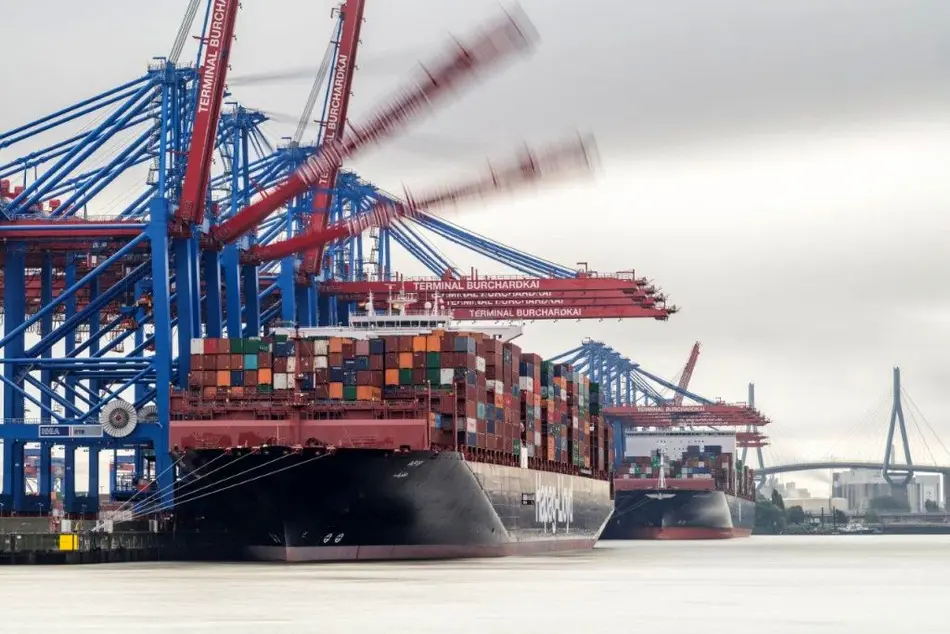Hapag-Lloyd Testing Scrubbers, LNG as Fuel ahead of 2020
German container shipping company Hapag-Lloyd revealed in its half-year results that it is preparing two pilot projects as a way of getting ready for the IMO’s 2020 sulphur cap.

German container shipping company Hapag-Lloyd revealed in its half-year results that it is preparing two pilot projects as a way of getting ready for the IMO’s 2020 sulphur cap.
Namely, the company is testing exhaust gas cleaning technology (scrubbers) on two large containerships and exploring the benefits of LNG as fuel.
The announcement emerges as the German liner comes to grips with available options to become compliant with the incoming regulations that are likely to result in numerous headaches and additional costs for liners.
As the two projects are still under development, Hapag-Lloyd added that it will not invest heavily in new ship systems until 2019.
Among the most popular options for becoming compliant with the new environmental regulations on the table are scrubbers, LNG as marine fuel, and low sulphur fuel, which will be much more expensive than heavy fuel oil once the regulation comes into force.
The company said earlier that the majority of liner companies will have to pick low sulphur fuels as a way of conforming with the 2020 sulphur cap.
This is in part due to the restricted supply of scrubbers and shipbuilders’ capacity to install them. What is more, many liner companies were hesitant to invest in the technology as it is likely that new regulations would come into force banning discharge of washwater from open-loop scrubbers in certain areas, making the issue even more complicated for shipowners.
On the other hand, LNG retrofits have been the preferred option for newbuilds, but the technology is still in its infancy when it comes to application to large containerships. In addition, LNG retrofits require considerable investments, even if there are no space constraints on board the vessel.
Hence, owners need to tread their own path to compliance and find the best solutions that fit their fleets. Nevertheless, one thing is clear, there will be no delays when it comes to the compliance deadline.
Due to rising bunker costs and slower than expected recovery of freight rates Hapag-Lloyd booked a net loss of EUR 100.9 million (USD 115.6 million) for the first half of the year.



